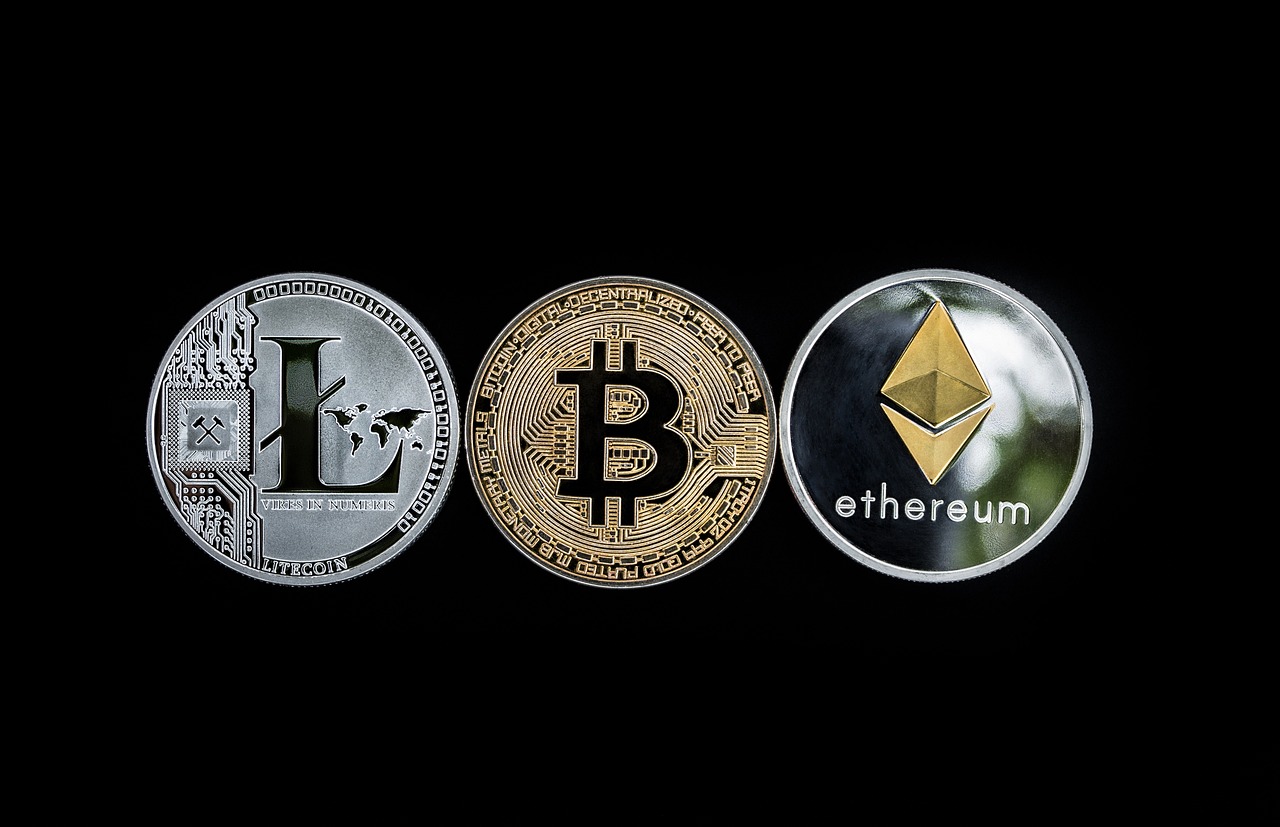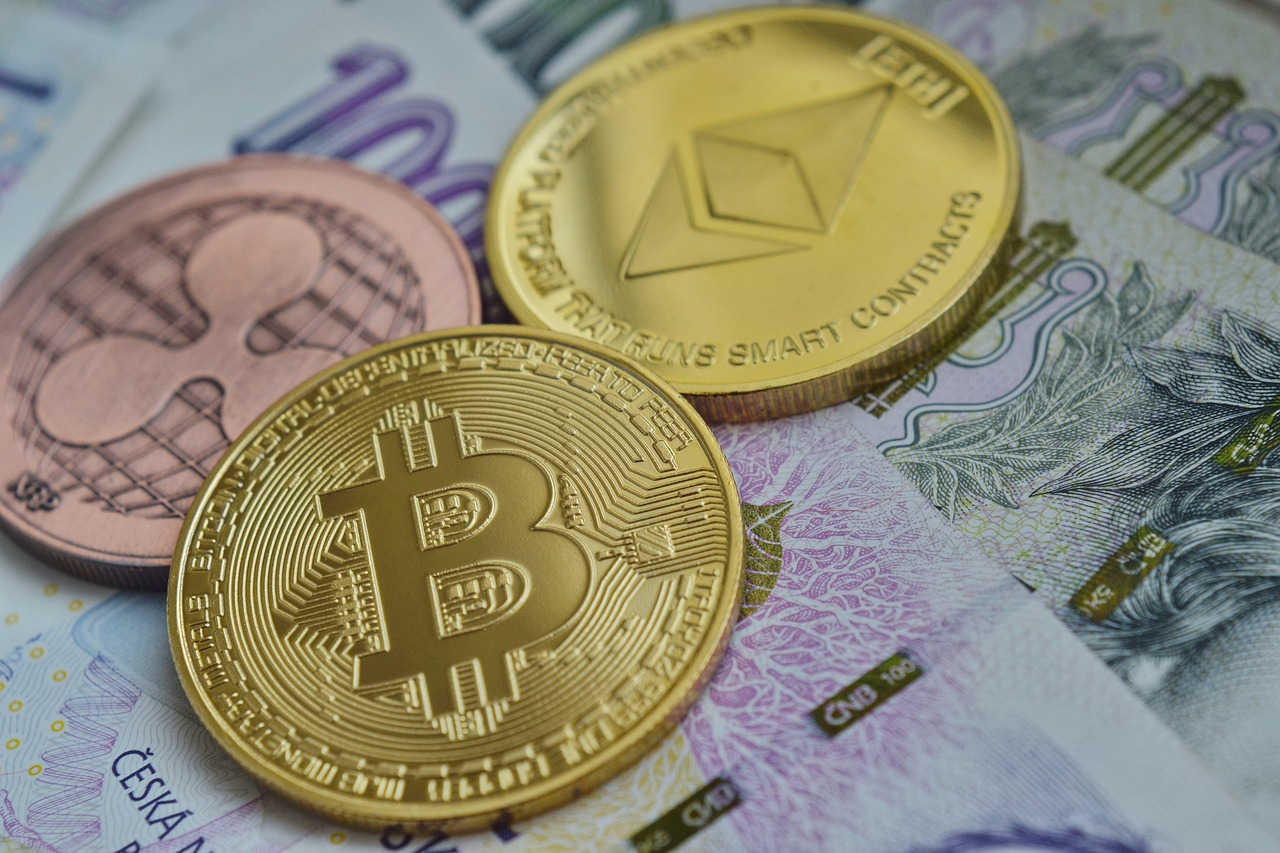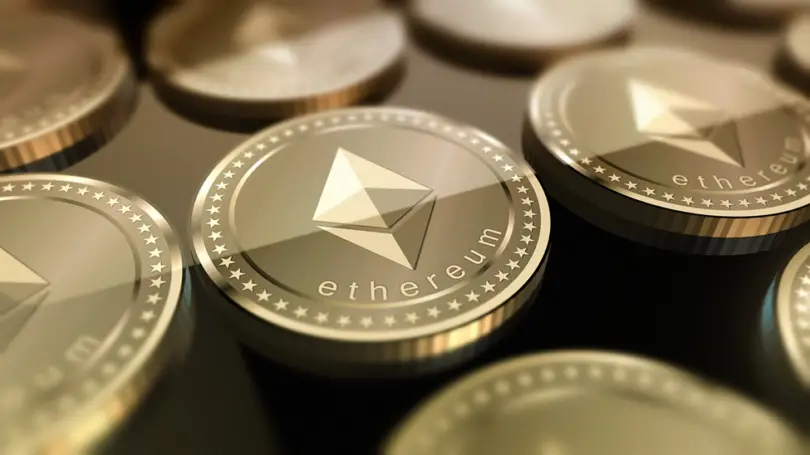Unless you live under a rock, it’s pretty certain that you at least know of Bitcoin. But how familiar are you with other forms of cryptocurrency like Ethereum? Knowing Ethereum price history is a good place to start before getting deeper into the cryptocurrency world. It’s no longer just about Bitcoin since there are thousands of altcoins out there.
Table of Contents
The Creation of Ethereum
Let’s start back at the very beginning of Ethereum and how it came to be one of the most valuable cryptocurrencies in existence today. Bitcoin was the only game in town from 2009 to 2013, the only known cryptocurrency anyone could access. Given that it was the first one to market and the trailblazer, that’s understandable.

Ethereum crypto. Photo/Pixabay
Ethereum was conceptualized through an introductory paper in 2013, published by Vitalik Buterin. Not long after that, the initial five – along with Buterin – were added. That list included Amir Chetrit, Mihai Alisie, Charles Hoskinson, and Anthony Di Iorio. Later, even more founding members like Jeffrey Wilcke, Gavin Wood, and Joseph Lubin would be added.
Ethereum History
Like Bitcoin, Ethereum price history is founded on the blockchain. The idea of the blockchain is that it’s open source, not controlled by any one entity. It also lets programmers create and implement their decentralized applications, giving more control to the developers than to a “middleman.” Anyone who wants to add a new block to the Ethereum blockchain has to solve complex and difficult puzzles first. This isn’t something that any person can do, it requires advanced computing power to accomplish. The entire process is called “mining”. It takes a lot of trial and error before a new block is rewarded with Ethereum’s coin, called Ether.
More About Ether
Like all other cryptocurrency types, Ethereum has a native coin called Ether or ETH Wallet. The entire purpose of Ether is to provide a market for computation. Ethereum itself is the network and offers different levels based on the task and how much computer power is required to accomplish that task. Those who offer up their computing services are then paid using relative transaction fees which are paid out in Ether. Ether can then be bought, sold, or traded between any two parties. It’s slightly different from other cryptocurrencies by being not only a virtual asset but a software network all in one go.
Ethereum Price History

Ethereum crypto. Photo/Pixabay
Ethereum didn’t have its first transaction until August 2015, nearly a full year after the founders were added to the network. For pretty much all of 2015, the price stayed under $1 which is the benchmark for all new cryptocurrencies. Being able to cross that threshold is usually a good indicator that it has some staying power.
Ethereum was riding high in March 2016 with prices topping the $10 mark, a huge rise for a relatively new cryptocurrency. Just over a year later, the price was 10x that, hitting the $100 per coin milestone. By the end of 2017, the price was nearly $775, which was more than seven times what it had been less than a year before.
Like Bitcoin, Ether has had its ups and downs. It started 2018 at more than $1,000 per coin before the big cryptocurrency crash of 2018. The “Bitcoin crash” brought several major currencies down at a meteoric rate, including Ether which ended 2018 at just under $100 per coin. It’s gone back up since but hasn’t topped $4,815 since November 2021 and continues to have peaks, and valleys like any cryptocurrency.








